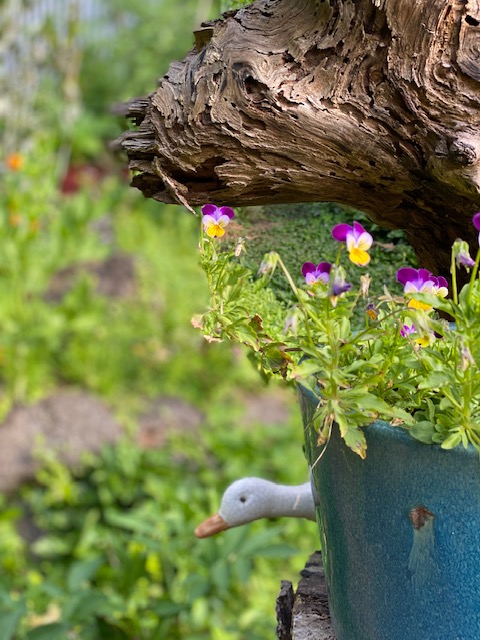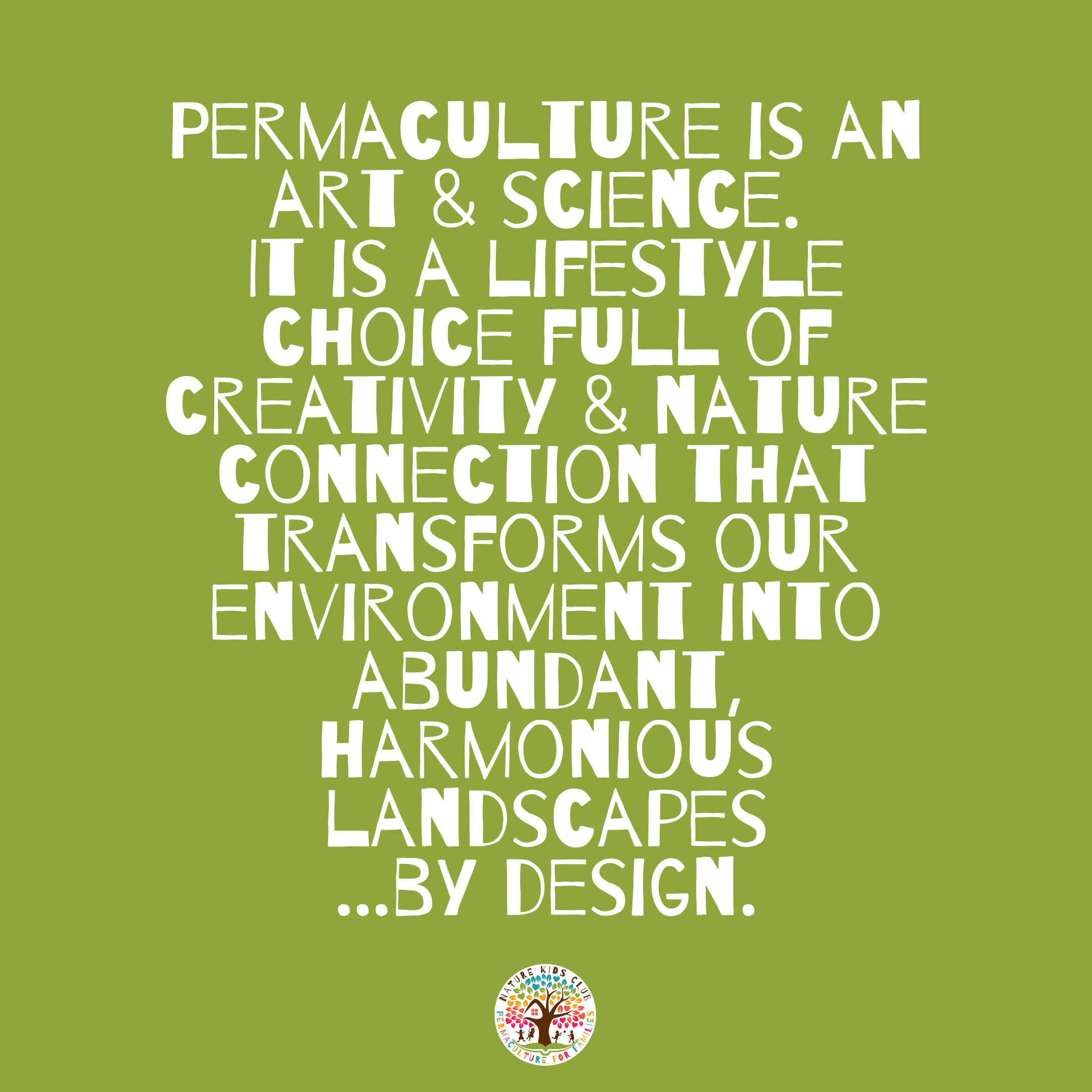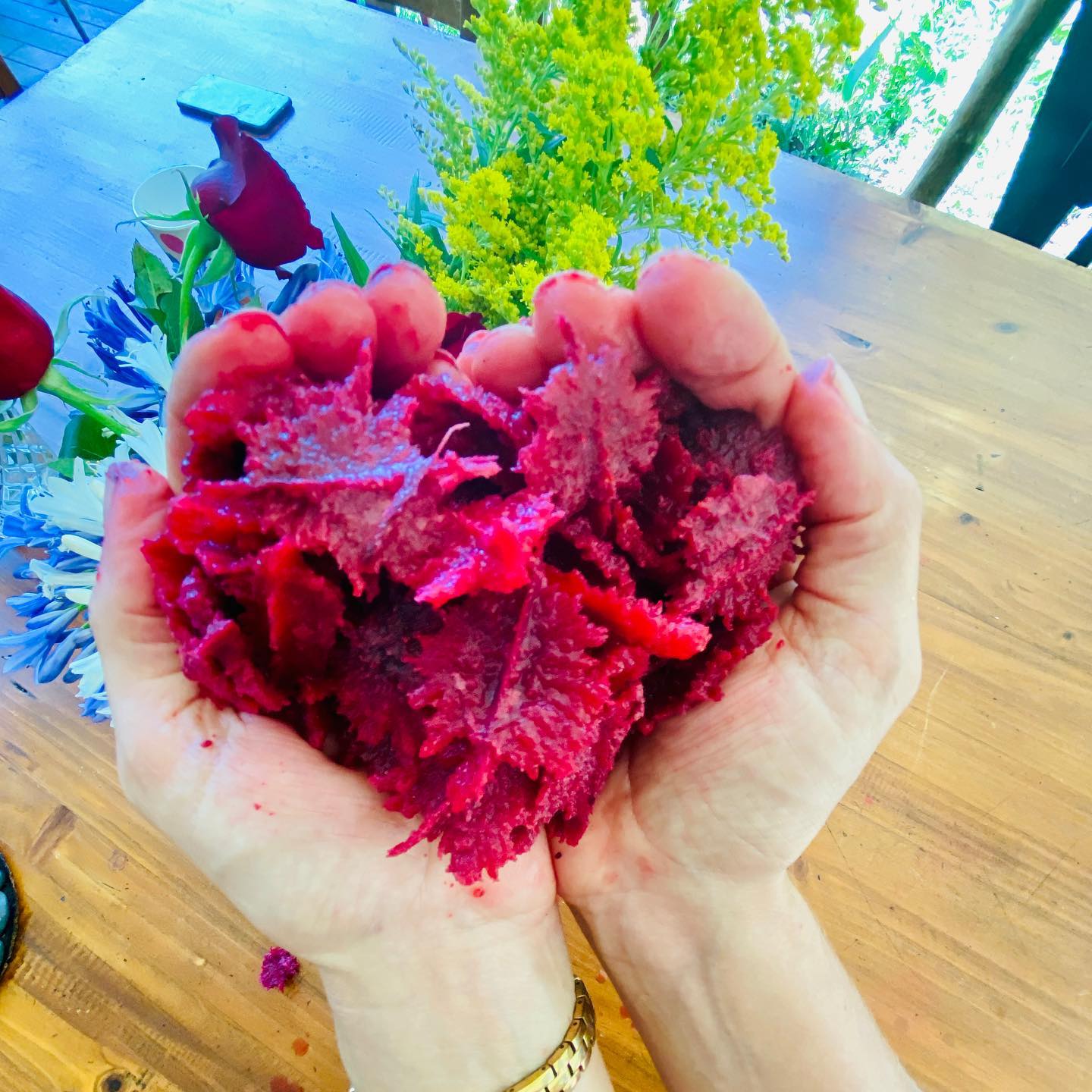The Art and Science of Permaculture
Feb 06, 2023
When I say, "my garden is my beautiful masterpiece", I echo Claude Monet. It’s true; I am proud of my creative endeavour that produces much organic food for my family and extends our living space beyond our home. Yet art is often experienced and interpreted differently by each person, so your opinion may vary.
Personally, my creativity is expressed in my garden of eating, in the arrangement of elements to function in a way that makes our life easier and more sustainable. From how we built our house from up-cycled materials and onsite timber, with unique one-of-a-kind purpose-made furniture pieces...to how we placed our bath-tub worm farm at the entrance to our chicken coop, which leads into an area with a salad bar grazing frame for our flock. If you stood in this space, you would see passionfruit and Choko growing over the coop and adjoining nursery for shade and an array of fruit trees growing on the west to provide afternoon shade, including a Canistel (egg fruit) because...well, it seemed fitting! There is also a compost bay our chicken work for us and an access gate to let them enter our veggie garden in the hot summer months to work the soil. Art and science? I believe it takes creativity to arrange such elements to function in an assembly that supports one another, saving resources and time. With their integration...1 + 1 does not equal 2...it results in so much more. The science aspect is the understanding of ecology and knowing what the chickens, worms, fruit trees, vegetables and nursery 'needs', and 'outputs' are...and combining them in a way to produce no waste and provide for each other in a synergistic way.
So read on as I share how I have applied the art and science of permaculture to my garden and how this has transformed my life!

(Above Image: Stacking; An old stump became a place for edible flowers and a foundation to lean a hollow log found in the forest on our block. We relocated it, and voila, a native bee hive moved in. We planted flowers for fodder to give back to these little workers who pollinate our garden and added a cute duck to keep the lookout).
I spend at least half an hour each day in the flow of activity, including observing, preparing the soil, composting, seeding, weeding and harvesting. Ever since I began this creative journey, my health has improved, and my trust in nature has evolved to a place of deep connection to the spirit of the earth and all of life’s processes. My spiritual relationship with my place and this country, respectfully the lands of the Djabugay people, and my responsibility to reciprocate for all I receive to thrive, is grounded in action.
Minnie Aumonier poetically wrote, “There is always music amongst the trees in the garden, but our hearts must be very quiet to hear it.” Before I found permaculture and integrated it into my lifestyle, I was burning my candle at both ends in a corporate job, over-caffeinated and depressed. It wasn't until my health slowed me right down and I put my ‘permie googles’ on (by attending some local FNQ courses) that I became aware and quiet enough to hear it…the call of the earth, the song of the garden and the scream of my body, to listen. It is all connected.
“Permaculture is the art and science that applies natural patterns to the design and construction of human and natural environments”. – Larry Santoyo
I’d like to speak about this art and science because I found solutions and empowerment when I stopped to listen. It took me on a wonderful journey, and today, I passionately share permaculture with people wanting to improve their lifestyles to thrive too.
Design is art. Permaculture, a fusion of PERManent agriCULTURE, is a design system that aims to create sustainable human settlements while regenerating the earth. It is a practical framework and artistic and scientific design process, incorporating core ethics, principles and practices from indigenous knowledge with sustainable technology.
As artists, we create concepts, draw, illustrate and produce a plan that holds the vision of what we want to co-create within our landscapes and when “placemaking”. This involves transformation, so our approach as responsible stewards, is to regenerate and improve, ultimately with respect for traditional wisdom in modern times.
Permaculturalists are designing new systems and solutions across key domains to re-create a sustainable culture, including the physical aspects of land and nature stewardship, tools and technology, building/construction, as well as the re-design of invisible structures such as land and community governance, finance and economics, health and spiritual well-being, education and culture. Whatever it may be, we begin with ourselves and our homes and work outwards to our communities, regions and onwards. We understand that a strategy or goal will require different techniques in each diverse place, and not one size or method fits all. This is why local knowledge is key, and sharing our successes and failures helps people and communities grow in resilience together.
This might seem daunting at first. However, it is common sense when we begin to learn and remember nature’s way. It is also not up to one person to do it all. We are a community and often begin making changes and redesigning our life from our personal pain points or our passion!
Which domain listed above or here in my blog: "What is Permaculture", connects closely with your livelihood?
 Part of this process of designing is tuning into the earth sciences and our tap into our cellular memory of how to observe, read and understand the cycles of nature and biological processes. It draws on the fields of ecology and botany, environmental science, geography and hydrology, and the social sciences. There are patterns and a language to it that we can easily access when we intend to do so. Ultimately, we are learning how to work in partnership and reciprocity with lands and cycles of nature.
Part of this process of designing is tuning into the earth sciences and our tap into our cellular memory of how to observe, read and understand the cycles of nature and biological processes. It draws on the fields of ecology and botany, environmental science, geography and hydrology, and the social sciences. There are patterns and a language to it that we can easily access when we intend to do so. Ultimately, we are learning how to work in partnership and reciprocity with lands and cycles of nature.
“Each such cycle is a unique event; diet, choice, selection, season, weather, digestion, decomposition and regeneration differ each time it happens. Thus, it is the number of such cycles, great and small, that decide the potential for diversity. We should feel ourselves privileged to be part of such eternal renewal. Just by living, we have achieved immortality — as grass, grasshoppers, gulls, geese and other people. We are of the diversity we experience in every real sense. “If, as physical scientists assure us, we all contain a few molecules of Einstein, and if the atomic particles of our physical body reach the outermost bounds of the universe, then we are all de facto components of all things. There is nowhere left for us to go if we are already everywhere, and this is, in truth, all we will ever have or need. If we love ourselves at all, we should respect all things equally, and not claim any superiority over what are, in effect, our other parts. Is the hand superior to the eye? The bishop to the goose? The son to the mother? “Stupidity is an attempt to iron out all differences, and not to use them or value them creatively.” - Bill Mollison.
So how can you apply the art and science of permaculture to your life?
I recommend starting with setting the intention to tap into your creativity and consider the earth care ethic and nature's patterns for inspiration and decision-making. If it's good for the earth, it is good for us. Start with small projects. Begin in your kitchen with the foods you eat. Grow a garden at your doorstep. Learn about the ethics and principles of permaculture. Attend workshops and courses to get skilled in sustainability!

(Above image: Davidson Plum seeds look like dragons. Saving seeds to replant is a summer activity to do each year. Simply interacting with natural resources is a creative endeavour!).









